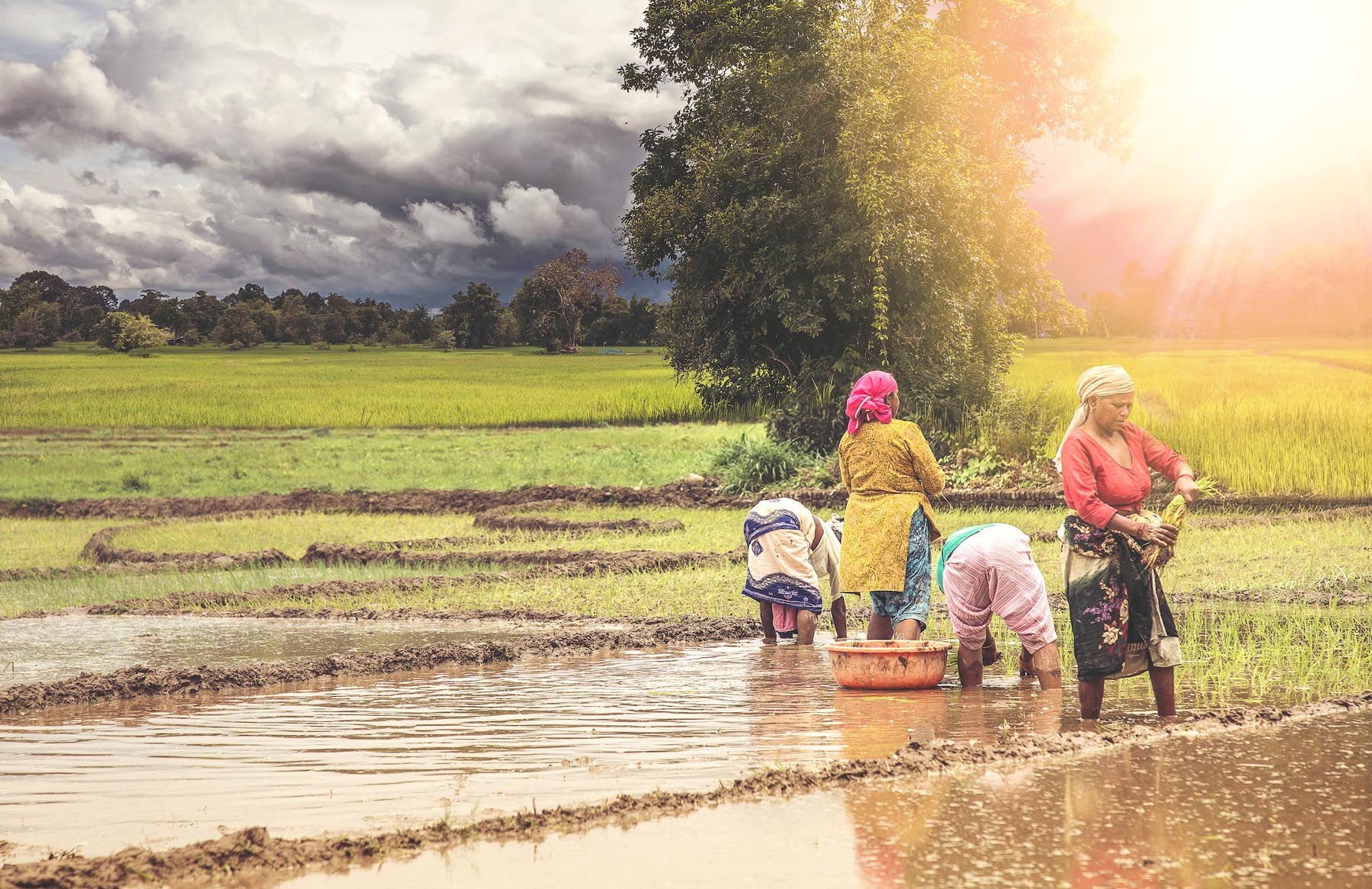The 2010 GHI score fell by 14 percent in Sub-Saharan Africa compared with the 1990 score, according to the latest Global Hunger Index (GHI) report. Yet the region ranks second overall with an index of 21.7 (South Asia ranks first at 22.9, with higher scores indicating higher levels of hunger and malnutrition) and is home to eight of the nine countries in which the GHI score actually rose during the (North Korea was the lone exception).
The report cites low government effectiveness, conflict, political instability, and high rates of HIV and AIDS as leading factors that contribute to high child mortality and a high proportion of people who cannot meet their calorie requirements. One of the biggest indicators that contributes to the high score is the region’s under-five mortality rate, which fell slightly- from 5.9 in 1990 to 4.7 in 2010- yet remains alarmingly high.
The following are some background facts and key findings from the 2010 GHI that relate to Sub-Saharan Africa:
- Burundi, Chad, the Democratic Republic of Congo (DRC), and Eritrea have the greatest levels of hunger.
- Angola, Chad, and Somalia have the highest under-five mortality rates at 20 percent or more.
- More than 50 percent of people in Burundi, the Comoros, the DRC, and Eritrea are undernourished.
- In Burundi, Madagascar, and Malawi, 53 percent of children are stunted (low height for their age); in Ethiopia and Rwanda, the figure stands at 51 percent; and in Niger, 47 percent of children are stunted.
- More than one-third (34 percent) of Mali’s children are stunted, and 11 percent suffer from wasting (low weight for one’s height). Stunting levels were nearly the same in 1996, and the prevalence of wasting has more than doubled.
- Based on the 1990 and 2010 GHI scores, the DRC has experienced the greatest deterioration in hunger, largely because of conflict and political instability. The DRC also has the highest proportion of undernourished people—three-quarters of the population—and one of the highest child mortality rates in the world.







